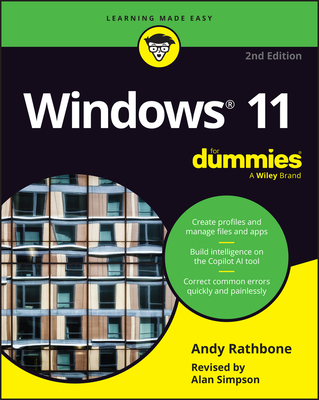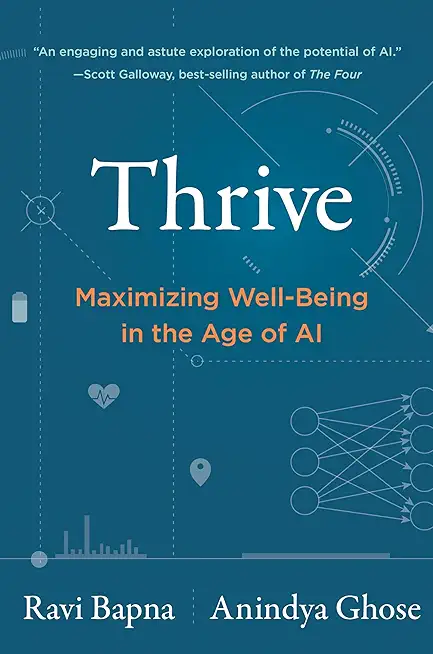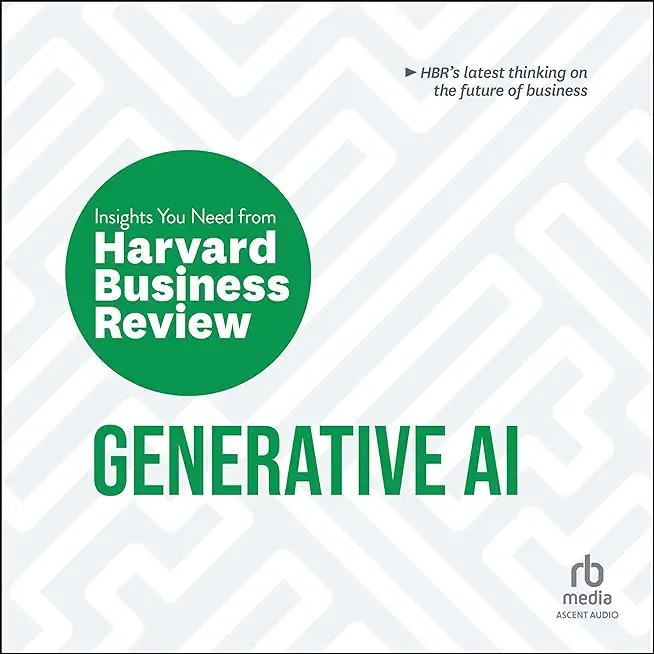Continuous Integration with Maven, Jenkins and Nexus Training in Cleveland
Enroll in or hire us to teach our Continuous Integration with Maven, Jenkins and Nexus class in Cleveland, Ohio by calling us @303.377.6176. Like all HSG
classes, Continuous Integration with Maven, Jenkins and Nexus may be offered either onsite or via instructor led virtual training. Consider looking at our public training schedule to see if it
is scheduled: Public Training Classes
Provided there are enough attendees, Continuous Integration with Maven, Jenkins and Nexus may be taught at one of our local training facilities.
|
We offer private customized training for groups of 3 or more attendees.
|
||
Course Description |
||
| This course will provide students with an understanding of the Apache
Maven build process, the principles of continuous integration, and the
knowledge of how to implement continuous integration with automated test
execution using Jenkins, Maven, and the Sonatype Nexus OSS repository
manager. Students will use a local copy of Jenkins and to create and run
Maven jobs, link to a version control system, run automated testing and
generate development reports, and configure the system to log build
reports and generated artifacts to a Nexus repository. - This course is
targeted to developers who will implement Continuous Integration using
Maven, Jenkins and the Nexus repository manager. Students learn to
create Maven projects, configure Jenkins to build those projects, and
manage the artifacts using Nexus.
Course Length: 3 Days
Course Tuition: $1290 (US) |
||
Prerequisites |
|
| Attendees should have familiarity Java development practices. | |
Course Outline |
|
Chapter 1. Introduction to Continuous Integration, Continuous Delivery and Jenkins-CI
- Foundation of Agile AppDev
- XP Flow
- Extreme Programming
- Agile Development
- What is Continuous Integration
- What is Continuous Integration (cont'd)
- Typical Setup for Continuous Integration
- Setup Notes for Continuous Integration
- CI with Artifact Management
- What is Continuous Delivery?
- Why Continuous Delivery?
- DevOps and Continuous Delivery
- Continuous Delivery Challenges
- Continuous Delivery vs Continuous Deployment
- Jenkins Continuous Integration
- Jenkins Features
- Running Jenkins
Summary
Chapter 2. Introduction to Apache Maven
- Build Tools for Java
- Build Tools for Java (cont'd)
- History of Build Tools
- Traditional Scripting
- 'make'
- Problems with Make
- Manual Build with JavaC
- ANT
- Pros and Cons of Ant
- Apache Maven
- Goals of Maven
- What is Apache Maven?
- What is Apache Maven (cont'd)
- Why Use Apache Maven?
- The Maven EcoSystem
- Consistent Easy-to-Understand Project Layout
- Convention Over Configuration
- Maven is Different
- Maven Projects have a Standardized Build
- Effect of Convention Over Configuration
- Importance of Plugins
- A Key Point on Maven!
Summary – Key Features of Maven
Chapter 3. Installing and Running Apache Maven
- Downloading Maven
- Installing Maven
- Run From Command Line
- Running Inside an IDE
- Settings.xml
- Local Repository
Summary
Chapter 4. Installing and Running Jenkins
- Downloading and Installing Jenkins
- Running Jenkins as a Stand-Alone Application
- Running Jenkins as a Stand-Alone Application (cont'd)
- Running Jenkins on an Application Server
- The Jenkins Home Folder
- Installing Jenkins as a Windows Service
- Initial Configuration
- Configuration Wizard
- Configuration Wizard (cont'd)
- Configuring Tools
- Configuring Tools - Best Practices
- Logging in Jenkins
- Custom Log Recorders
Summary
Chapter 5. Job Types in Jenkins
- Introduction
- Different types of Jenkins Items
- Different types of Jenkins Items (cont'd)
- Configuring Source Code Management(SCM)
- Working with Subversion
- Working with Subversion (cont'd)
- Working with Git
- Storing Credentials
- Service Accounts
- Storing Credentials (cont'd)
- Build Triggers
- Schedule Build Jobs
- Polling the SCM
- Polling vs Triggers
- Maven Build Steps
Summary
Chapter 6. Getting Started With Maven
- Terminology and Basic Concepts
- Artifacts
- Lifecycle
- Default Lifecycle
- Plugins
- Running Maven - the Story So Far
- Running Maven from an IDE
- Common Goals
- pom.xml
- Example
- Example (cont'd)
- Artifact Coordinates
- Standard Layout for Sources
Summary
Chapter 7. A Web Application in Maven
- A More Complex Project
- Putting it Together With Maven
- Packaging the Target Artifact
- The Source Tree
- Dependencies
- Transitive Dependencies
- Dependency Scope
- Working With Servers
- Declaring and Configuring Plugins
- Running the Plugin
- Binding a Plugin Goal to the Lifecycle
- Archetypes
Summary
Chapter 8. Commonly Used Plugins
- Maven Plugins
- Declaring and Configuring Plugins
- Running the Plugin
- Binding a Plugin Goal to the Lifecycle
- Maven Surefire Test Plugin
- Failsafe Plugin
- Site Plugin
- JavaDoc Plugin
- PMD Plugin
- Code Coverage – Cobertura
Summary
Chapter 9. Multi-Module Builds
- Introduction
- The Reactor
- Reactor Sorting
- Multi-Module Build by Example
Summary
Chapter 10. POM Projects
- Project Object Model (POM)
- The overall POM structure
- Storing POM
Summary
Chapter 11. Writing Plugins (Maven)
- What is Maven Plugin
- Example of Using a Plugin
- Create a Custom Plugin
- Create a Custom Plugin (cont.)
- Plugin Management
Summary
Chapter 12. Creating Archetypes
- Introduction to Maven Archetypes
- Introduction to Maven Archetypes (cont.)
- Using Interactive Mode to generate Goal
- Common Maven Archetypes
Summary
Chapter 13. Repository Management
- Maven's Approach to Artifacts
- Publishing Artifacts
- Summary of Maven's Artifact Handling
- Repository
- Repository Manager
- Proxy Remote Repositories
- Types of Artifacts
- Release Artifacts
- Snapshot Artifacts
- Reasons to Use a Repository Manager
- Repository Coordinates
- Addressing Resources in a Repository
Summary
Chapter 14. Release Management
- What is release Management?
- Release Management with Nexus
- Release Management with Maven
Summary
Chapter 15. Jenkins Plugins
- Introduction
- Jenkins Plugins - SCM
- Jenkins Plugins – Build and Test
- Jenkins Plugins – Analyzers
- Jenkins for Teams
- Installing Jenkins Plugins
Summary
Chapter 16. Securing Jenkins
- Jenkins Security - Overview
- Jenkins Security
- Authentication
- Authorization
- Confidentiality
- Activating Security
- Configure Authentication
- Using Jenkins's Internal User Database
- Creating Users
- Authorization
- Matrix-Based Security
- Note – Create the Administrative User
- Project-based Matrix Authorization
- Project-Based Authentication
- Role Based Access Control
Conclusion
Chapter 17. Distributed Builds with Jenkins
- Distributed Builds - Overview
- Distributed Builds – How?
- Agent Machines
- Configure Jenkins Master
- Configure Projects
Conclusion
Chapter 18. Continuous Delivery and the Jenkins Pipeline
- Continuous Delivery
- Continuous Delivery (cont'd)
- DevOps and Continuous Delivery
- Continuous Delivery Challenges
- Continuous Delivery with Jenkins
- The Pipeline Plugin
- The Pipeline Plugin (cont'd)
- Defining a Pipeline
- A Pipeline Example
- Pipeline Example (cont'd)
- Parallel Execution
- Creating a Pipeline
- Invoking the Pipeline
- Interacting with the Pipeline
- Pipeline vs Traditional Jobs
Conclusion
Chapter 19. Best Practices for Jenkins
- Best Practices - Secure Jenkins
- Best Practices - Users
- Best Practices - Backups
- Best Practices - Reproducible Builds
- Best Practices - Testing and Reports
- Best Practices - Large Systems
- Best Practices - Distributed Jenkins
- Best Practices - Summary
Lab Exercises
Lab 1. Configure Tools in Jenkins
Lab 2. Install Maven
Lab 3. Create a Maven Project
Lab 4. Create a Web Application from an Archetype
Lab 5. Add Web Site, Static Analysis, and Code Coverage
Lab 6. Create a Jenkins Job
Lab 7. A Multi-Module Project
Lab 8. Create a Standard Set of Dependencies
Lab 9. Write a Simple Maven Plugin
Lab 10. Create an Archetype
Lab 11. Create a Corporate Repository
Lab 12. Deploy to the Corporate Repository
Lab 13. Add Development Metrics
Lab 14. Create a Pipeline
|
Course Directory [training on all levels]
Technical Training Courses
Software engineer/architect, System Admin ... Welcome!
- .NET Classes
- Agile/Scrum Classes
- AI Classes
- Ajax Classes
- Android and iPhone Programming Classes
- Azure Classes
- Blaze Advisor Classes
- C Programming Classes
- C# Programming Classes
- C++ Programming Classes
- Cisco Classes
- Cloud Classes
- CompTIA Classes
- Crystal Reports Classes
- Data Classes
- Design Patterns Classes
- DevOps Classes
- Foundations of Web Design & Web Authoring Classes
- Git, Jira, Wicket, Gradle, Tableau Classes
- IBM Classes
- Java Programming Classes
- JBoss Administration Classes
- JUnit, TDD, CPTC, Web Penetration Classes
- Linux Unix Classes
- Machine Learning Classes
- Microsoft Classes
- Microsoft Development Classes
- Microsoft SQL Server Classes
- Microsoft Team Foundation Server Classes
- Microsoft Windows Server Classes
- Oracle, MySQL, Cassandra, Hadoop Database Classes
- Perl Programming Classes
- Python Programming Classes
- Ruby Programming Classes
- SAS Classes
- Security Classes
- SharePoint Classes
- SOA Classes
- Tcl, Awk, Bash, Shell Classes
- UML Classes
- VMWare Classes
- Web Development Classes
- Web Services Classes
- Weblogic Administration Classes
- XML Classes
Business Training Courses
Project Managers, Business Analysts, Paralegals ... Welcome!
Upcoming Classes
Gain insight and ideas from students with different perspectives and experiences.
- Object-Oriented Programming in C# Rev. 6.1
17 November, 2025 - 21 November, 2025 - Python for Scientists
8 December, 2025 - 12 December, 2025 - RHCSA EXAM PREP
17 November, 2025 - 21 November, 2025 - Fast Track to Java 17 and OO Development
8 December, 2025 - 12 December, 2025 - ASP.NET Core MVC (VS2022)
24 November, 2025 - 25 November, 2025 - See our complete public course listing






